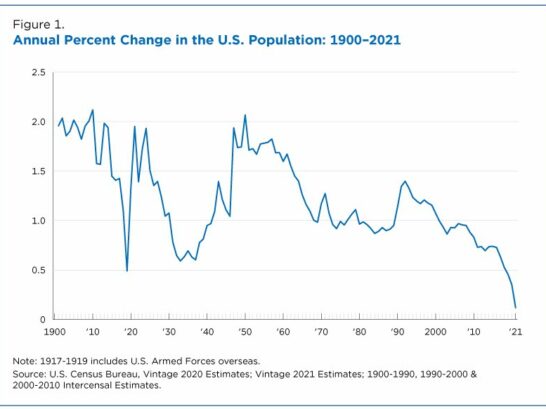On March 8, 2018, McCulley Marine Services bought 59,973 pounds of steel in various sizes and shapes to repair and maintain one of our barges. The total paid for this steel was $40,710.
On March 23, 2018, the Trump Administration’s tariffs on imported steel took effect. These tariffs imposed a 25% duty on steel imports into the United States. Certain countries were initially exempted from these tariffs, but some exemptions were later removed or modified. The tariffs were part of a broader trade policy aimed at protecting domestic industry.
At the time, I thought this was a myopic attempt to buy votes with protectionist policies which would do harm in the long term. The goal was ostensibly to preserve and grow the steel manufacturing capacity of the United States. This gamble on building capacity did not pay off. The United States is producing less steel in 2023 than it did in 2018, while domestic steel manufacturers are benefiting from the protectionist policy. The United States exported less steel in 2022 than in 2018. China is exporting more steel in 2023 than it was in 2018. We have all been paying 25% extra for no good reason.
The Biden Administration has continued this policy. To do otherwise would presumably anger domestic steel workers, costing votes.
Five years later, it is time to dry dock the same barge and replace steel. A quote for the identical configuration of 59,973 pounds of steel is $63,680, a 56.4% increase. This is a much greater increase than for other materials in the same time frame.
The increased cost of steel has contributed to scarcity of barges (and other depreciable assets made of steel). As a barge or other steel vessel gets older, one has to decide every time a repair is made if the costs of the repairs will yield a positive return on investment. Adding a tax to steel means barges and tugs get retired earlier. Barge owners are scrapping barges rather than put steel into them at prices with a shortsighted tax built in. This ill-conceived policy has resulted in fewer barges in service, increasing costs of transportation.
We had to make a choice for our 36 year old barge: Put money into the barge and just accept the 25% tax or sell the barge. We are selling the barge. It turns out that this is not a bad time for us to sell the barge, due to the aforementioned decrease in supply.
We are making similar decisions for all of our assets that need steel. Some will be sold into foreign markets with less regulation of steel condition and provenance. Some will be scrapped. These assets could have remained in service in the United States for much longer.

